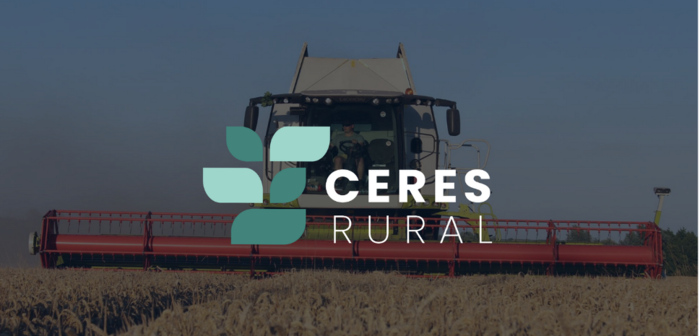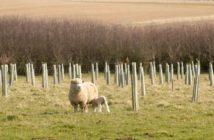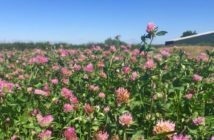Prepare your arable farm business for future success by concentrating on three main areas, leading consultancy Ceres Rural is advising at Cereals 23.
Embrace grant funding, focus on the business and understand your current intensity of Greenhouse Gas (GHG) emissions, says Partner and farming consultant George Badger, who also stresses that non-farming income will be more important than ever.
“There are lots of distractions at the moment with changing farm policy, the development of ELMS, emerging natural capital markets and private finance,” he acknowledges.
“But we know what the Government’s objectives are for farming – a better environment and improved water quality, self-sufficiency maintained at current levels and for farm businesses to reduce carbon emissions, in preparation for reaching net zero.”
With these in mind, there are actions that every farm can take to improve its resilience and protect profitability, believes George.
Embrace Grant Funding
Finding ways to mitigate the £230/ha loss of BPS by 2028 is a priority for many, which is why environmental stewardship, the Sustainable Farming Incentive and grant schemes should be part of any plan.
While they are not a replacement for BPS, selecting strategic options from the SFI and Countryside Stewardship means that as much as 53% of the BPS payment can be recouped, to a value of £124/ha, calculates George.
“This can be done without taking additional areas out of production, but there are actions required to achieve this income,” he stresses.
Even though there are 27,000 existing Countryside Stewardship agreements, only 30% of agricultural land is in an agri-environment scheme, so there is still significant potential, he believes.
There are also various capital grant schemes which cover some of the costs of hedgerow planting, rainwater harvesting and contribute towards new equipment, as well as helping with infrastructure requirements.
“It’s becoming much clearer to see how these sources of funding could work and what contribution they can make. It’s important to be business-led and not grant-led, but the money is available now, so we are urging businesses to take part.”
Focus on the Business
Maintain the level of business scrutiny that last year’s high fertiliser prices forced onto farms and concentrate on what you can control, continues George.
“Fertiliser prices may have come back down but it is still an expensive input, as well as being a polluting one,” he notes. “That’s why Nitrogen Use Efficiency is important and both measuring it and improving it should be part of good agronomic practice.”

George Badger
With the fertiliser price known, budgeting for harvest 2024 can start. Taking risks out of rotations will be important and some novel crop combinations may be required, such as using herbal leys and enhanced environmental fallows in eight-year rotations.
“Those on good land can still expect to make reasonable returns. It’s the poorer land, where the weather extremes are felt harder, that will need more thinking. Some of the Countryside Stewardship options are a more natural fit in these circumstances.”
At such a time of change, there will be opportunities to take more land on too, he adds. “Be prepared for these and keep an open mind.”
Understand your GHG Emissions Intensity
Higher yielding farms have a lower tonnage of CO₂e emissions intensity per tonne of wheat produced, according to carbon auditing work undertaken by Ceres Rural as part of its Future Farm Resilience Fund visits on over 500 farms this winter.
While reporting this information may not be required now, it is likely that buyers will want to know this figure in the future and new contracts will emerge, predicts George.
“Carbon footprint is intrinsically linked to yield and productivity,” he says. “If you know how many tonnes of carbon equivalent your farm is emitting for a certain tonnage of produce, you can look at ways of reducing it without any detriment to yield.”
Reducing nitrogen fertiliser inputs by 40kg/ha by using biosolids and spring sap testing can reduce GHG emissions intensity by 0.29t CO₂e/t, for example, while changing cultivations strategy from heavy to light has a more modest 0.03t CO₂e/t saving, from less diesel use.
“For a business to change, you need to understand the current position and focus on efficient nutrient cycling. We know that optimising fertiliser use can make a big difference and that pushing productivity on better land makes sense.”




